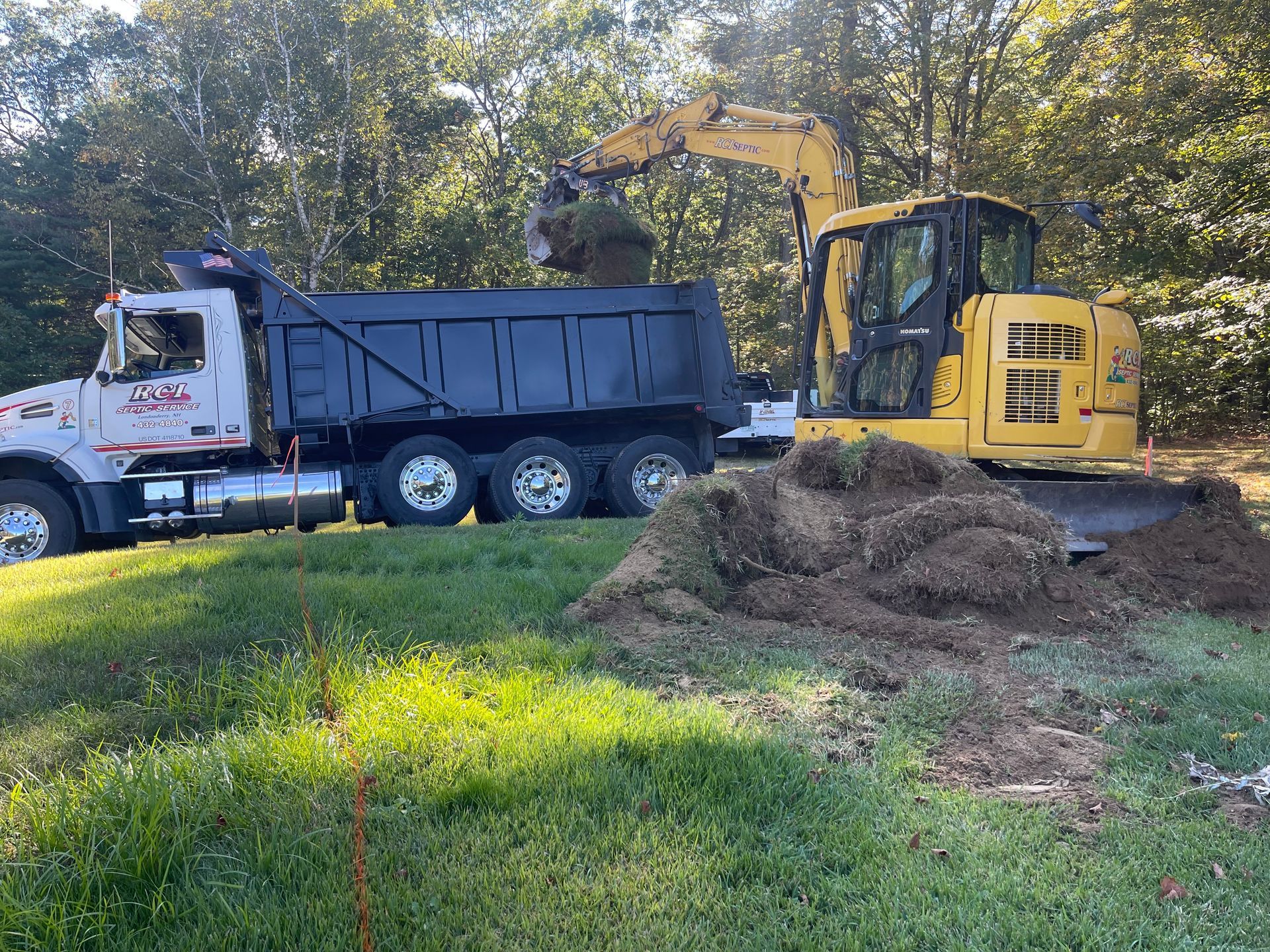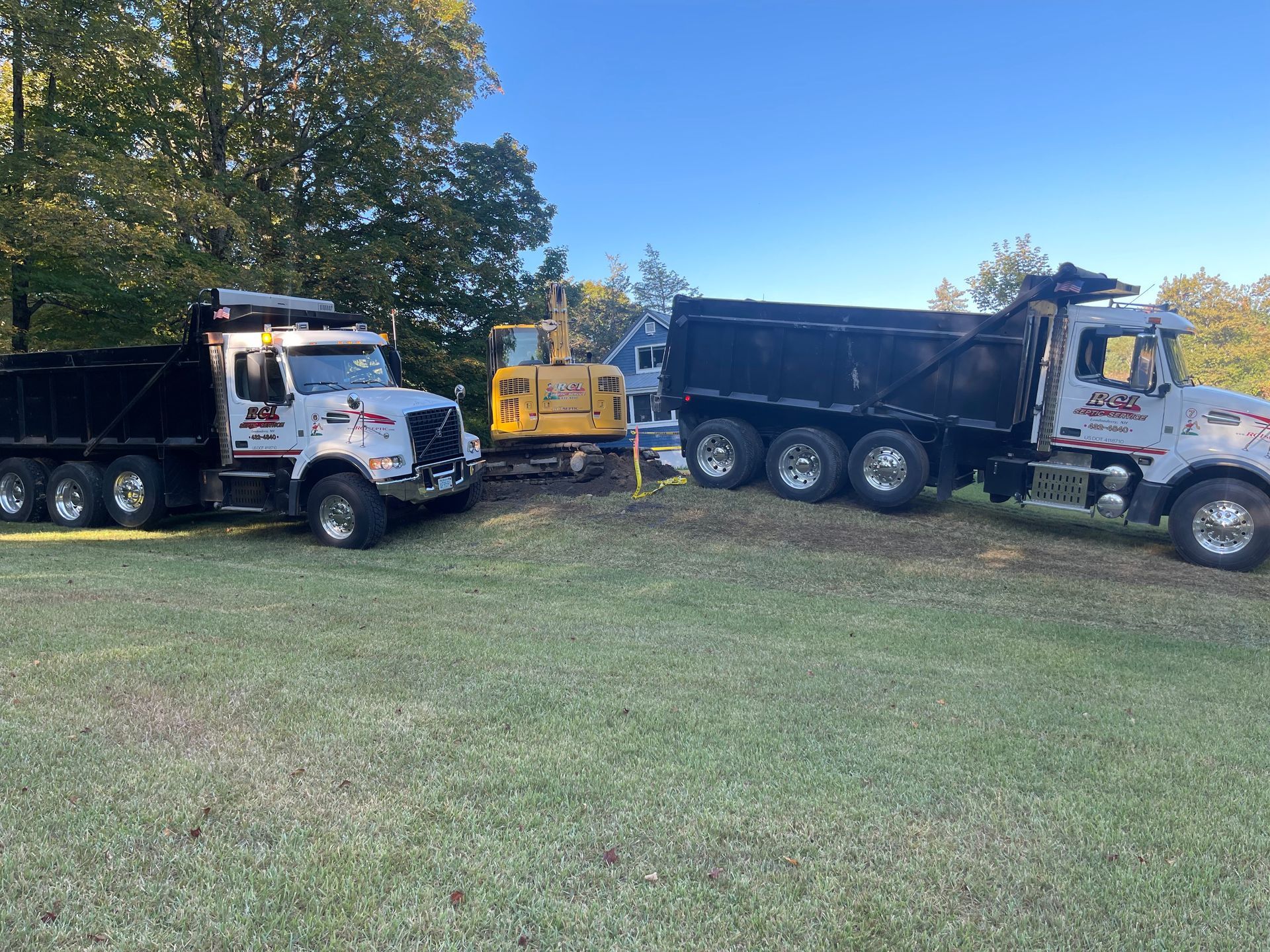How to Handle a Septic System When You Just Had Septic Tank Pumped and Full Again
Just had your septic tank pumped, and is it full again? This frequent problem, “just had septic tank pumped and full again,” can be due to excessive water use, clogs, or a faulty drain field. Read on to find out why this happens and how to fix it.
Key Takeaways
- A rapidly full septic tank after pumping often indicates issues like clogged pipes, excessive water usage, or drain field problems that need attention.
- Excessive water use can overwhelm a septic system, so it’s essential to manage water usage and avoid heavy laundry days to maintain balance.
- Regular maintenance and inspections are crucial for a healthy septic system, helping to prevent costly repairs and ensuring efficient waste treatment.
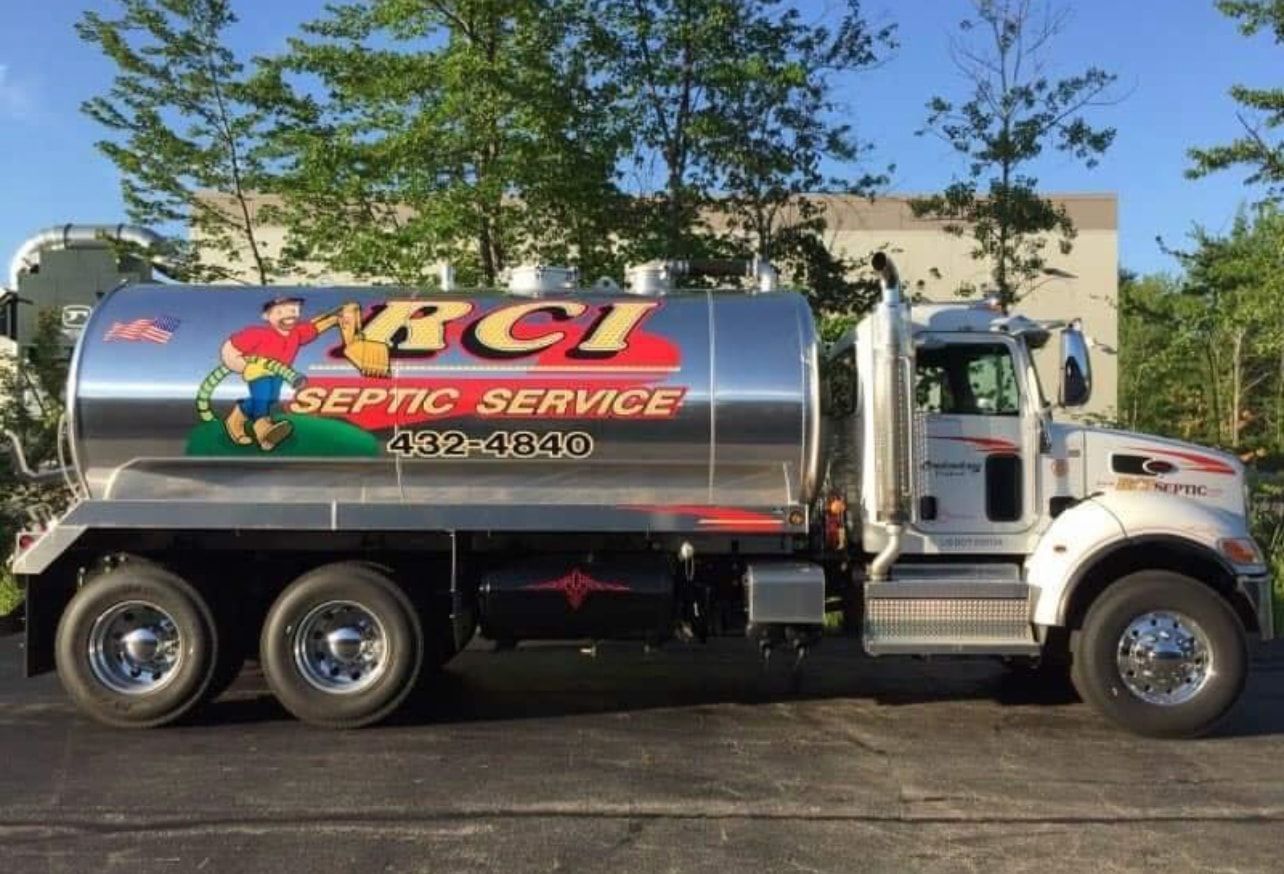
Why is My Septic Tank Full Again So Soon?
After pumping a septic tank to remove all of the scum and sludge, they do fill to a normal level with routine household water usage. The normal level of a tank is fluid below the inlet pipe to the tank and above the outlet pipe. As water is used it enters the tank through the inlet pipe and is pushed to the drain field through the outlet pipe. Household size and water usage will determine when the tank gets to its normal level. Most common tank sizes are 1000-gallons, 1250-gallons or 1500-gallons.
Imagine this: you’ve just had your septic tank pumped, and within just a few days, it’s full again. What gives? A full septic tank so soon after pumping typically indicates a problem that needs addressing. Several common issues can cause your tank to fill up quickly, including drain field problems, clogged pipes, and excessive water usage.
One major culprit could be excessive water entering the tank. When too much water floods the system, it can’t keep up with proper drainage, leading to a rapid refill of more water. This can disrupt the microbial balance essential for air waste decomposition, standing water, and bacteria decomposition.
Another potential issue is a malfunction in the system, such as clogs that prevent proper drainage and cause the tank to fill up faster than expected, which can be attributed to a few reasons, including blocked pipes and limited capacity, leading to flowing problems and affecting the water level.
Drain field issues can also lead to a full septic tank. If the drain field cannot filter water properly, the excess water will flow back into the tank, causing it to overfill. Understanding these common issues is the first step towards resolving your septic system woes.
Excessive Water Usage and Its Impact on Your Septic System
Excessive water usage can be a silent killer for your septic system. When too much water enters the septic tank in a short period, it can overwhelm the system and lead to a rapid increase in the tank’s liquid level. This strain can cause backups and slow drainage, making your septic system less efficient.
Being mindful of your water usage helps prevent these issues. Spread out your laundry loads, fix any leaky faucets, and avoid using too much water at once. This can help maintain a healthy balance in your septic system and prevent it from becoming overwhelmed.
Identifying and Fixing Clogged Pipes
Clogged pipes are another common issue that can lead to a full septic tank. When pipes connecting to the septic tank become clogged, waste can’t flow into the drain field properly, causing backups and slow drainage. This can lead to a rapidly filling tank and unpleasant sewage backups in your home.
Flushing non-biodegradable items like paper towels, baby wipes, and even certain types of toilet paper can cause frequent clogs within the septic system. Roots from nearby plants can also infiltrate pipes, creating significant blockages and damage. Signs of a clogged pipe include slow draining sinks, gurgling sounds from drains, and water backing up into the house.
To fix clogged pipes, follow these steps:
- Identify the location of the clog, which might involve inspecting the pipes near the tank’s filter or away from the home.
- Use a plumbing snake or hot water to clear minor clogs.
- For more severe blockages, call a professional to avoid costly repairs.
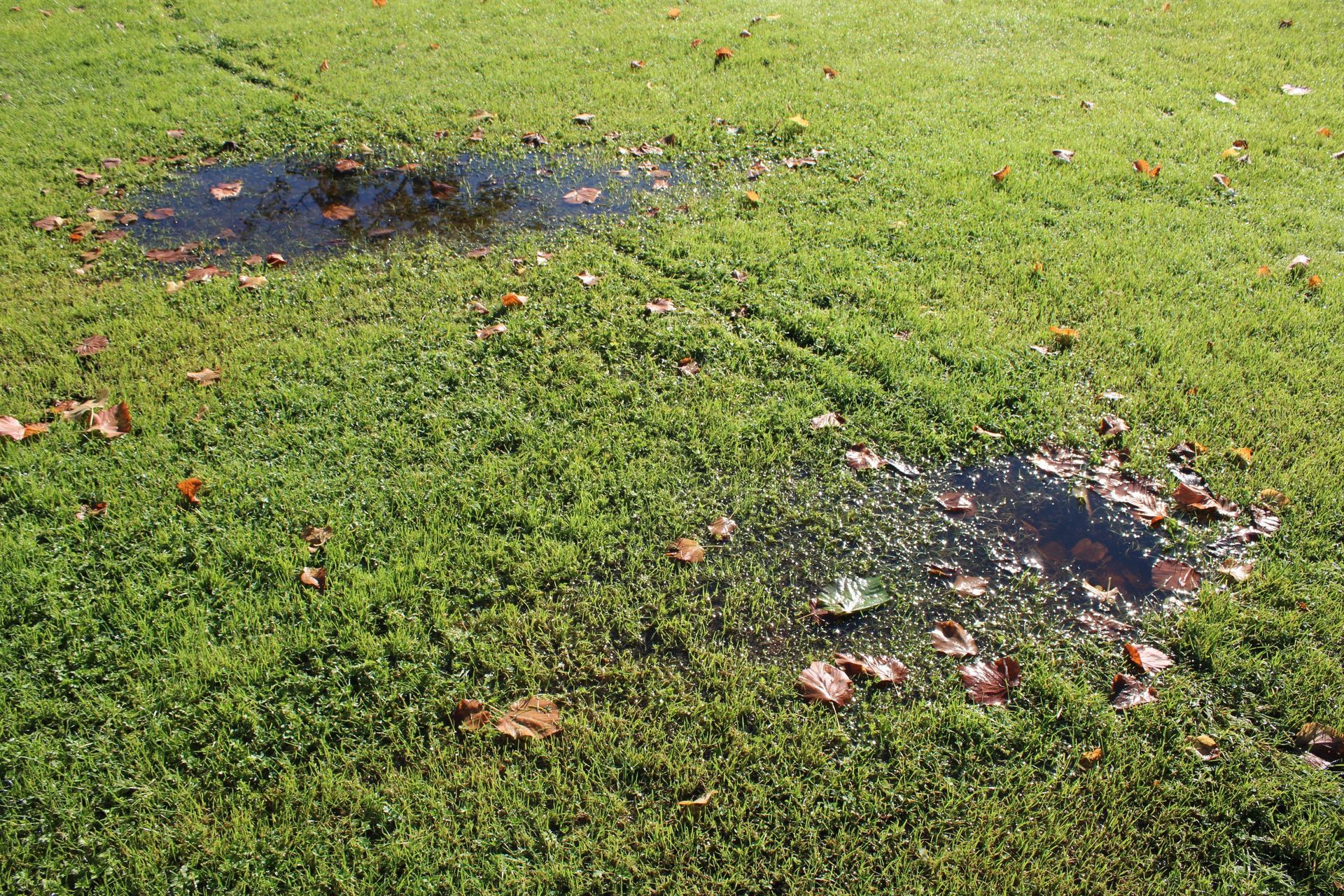
Troubles with the Drain Field
A malfunctioning drain field can spell disaster for your septic system. When the drain field can’t properly absorb wastewater, it flows back into the septic tank, causing it to fill up quickly. Heavy rainfall can exacerbate this issue by saturating the drain field, further limiting its ability to drain effectively.
Signs of drain field failure include slow drainage, unpleasant odors in your yard, and water backing up into the septic tank after pumping. Tree roots can infiltrate drainage pipes, causing clogs and system failure. Parking or placing heavy items on the ground drain field can compact the soil and disrupt its drainage capabilities.
Regular inspection of the drain field is crucial to identify potential damage before it impedes function. Ignoring a saturated leach field can lead to sewage backups into your home and environmental contamination. Taking preventive measures and addressing issues promptly can help maintain a healthy septic system.
Importance of Regular Maintenance
Regular maintenance is the lifeline of a healthy septic system. Scheduled inspections can reveal issues before they escalate into major clogs or system failures. Consistent maintenance helps homeowners avoid costly repairs and keeps the septic system running smoothly.
RCI Septic Service recommends different pumping schedules based on household size:
- For households of five or more people, yearly septic emptying or pumping is advised.
- For households of three to four people, every two years is sufficient.
- For smaller households of one to two people, every few years will do the trick.
Regular septic tank pump pumping is essential to keep your system functioning properly.
Using an effluent filter can also help prevent clogs by trapping solids before they enter the drain field. Regular maintenance, combined with mindful water usage, can significantly extend the lifespan of your septic system and save you from unexpected headaches.
Best Practices for Septic System Care
Taking care of your septic system doesn’t have to be a daunting task. Implementing a few best practices can go a long way in maintaining its health. One effective measure is installing high-efficiency toilets, which significantly reduce daily water usage and lessen the load on your septic system.
Refrain from flushing anything other than human waste and toilet paper. Items like paper towels, diapers, baby wipes, and harsh chemicals can cause clogs and disrupt the system’s functionality. Keeping the drain field absorption area clear of structures, vehicles, and heavy equipment is also essential to facilitate proper drainage of materials.
Implementing these best practices ensures your septic system works efficiently and helps you avoid unnecessary problems. Regular monitoring and mindful habits can make all the difference in maintaining a healthy septic system.
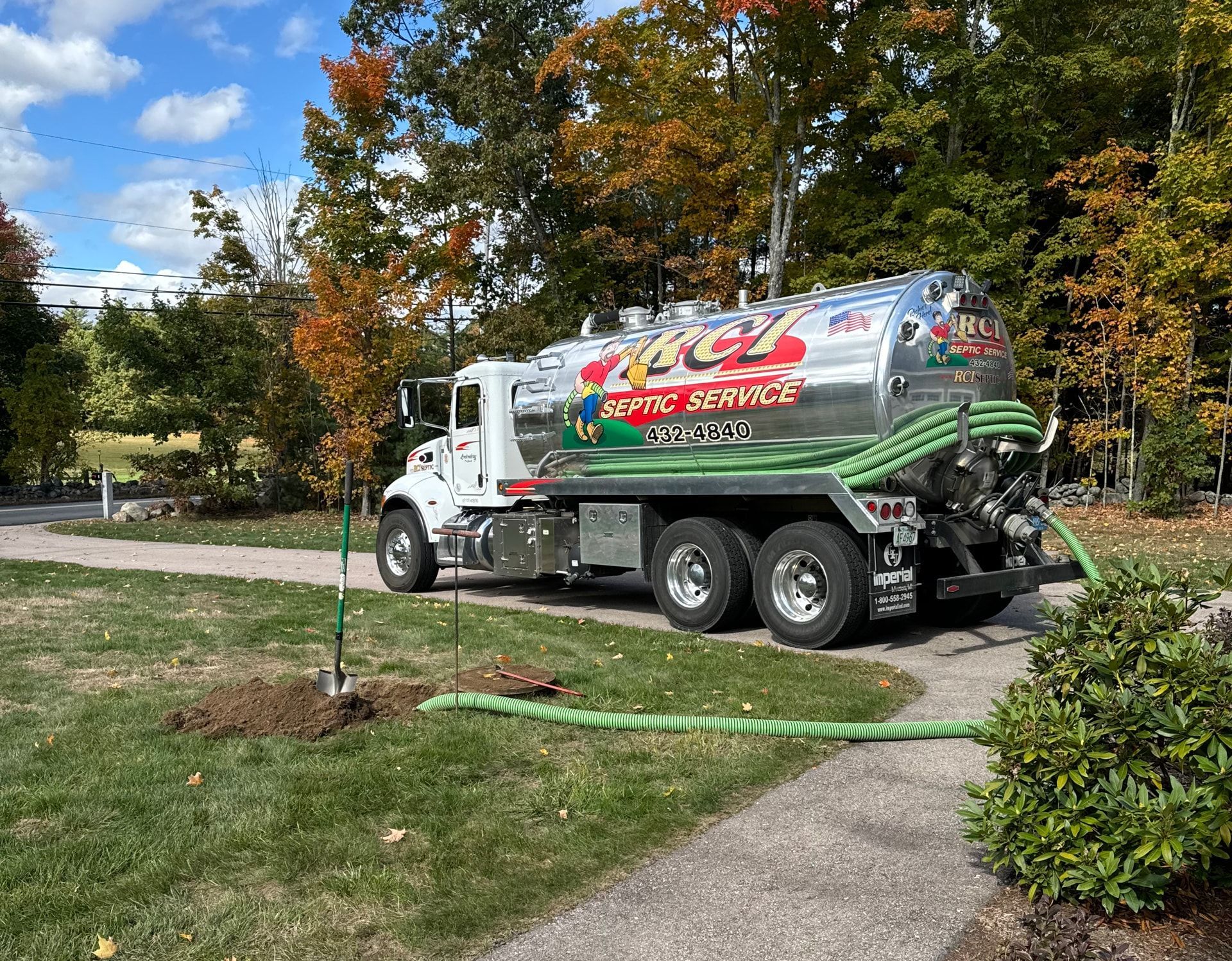
When to Call a Professional
Sometimes, despite your best efforts, professional intervention is necessary. Scheduled inspections by trained professionals can identify minor issues before they escalate into significant problems. Regular septic maintenance enhances the efficiency of waste treatment and prevents severe issues like sewage backups.
Neglecting septic maintenance often leads to emergencies that can be both dangerous and costly. If you notice signs of trouble, such as persistent slow drainage, unpleasant odors, or frequent backups, it’s time to call RCI Septic Service. Their expertise and commitment to quality service ensure your septic system is in good hands.
Financing Options for Major Septic Projects
Major septic system repairs or replacements can be financially daunting, but there are financing options available to help ease the burden. St. Mary’s Bank offers flexible loan options designed to support homeowners throughout the septic project process. These financing solutions can cover significant septic system repairs or replacements.
Additionally, USDA programs offer loans and grants for repairing or constructing septic systems, particularly for low-income rural households. Local community programs may also assist homeowners with septic system financing, often overseen by county health departments.
Exploring these options can help manage the costs associated with major septic projects.
Summary
In conclusion, dealing with a full septic tank shortly after pumping can be frustrating, but understanding the common causes and taking preventive measures can make all the difference. From managing excessive water usage to identifying clogged pipes and maintaining a healthy drain field, there are several steps you can take to keep your septic system running smoothly.
Regular maintenance and professional inspections are crucial to avoid costly repairs and ensure the longevity of your septic system. By following the best practices outlined in this guide and seeking professional help when needed, you can maintain a healthy and efficient septic system for years to come.
Frequently Asked Questions
Why is my septic tank full again so soon after pumping?
Your septic tank might be filling up quickly due to excess water usage, clogged pipes, or issues with the drain field. It’s a good idea to monitor your water use and check for any clogs to prevent this from happening again.
How can I prevent my septic tank from filling up too quickly?
To prevent your septic tank from filling up too quickly, watch your water usage, steer clear of flushing non-biodegradable items, and keep up with regular inspections and maintenance. It's all about being proactive!
What are the signs of a clogged pipe in my septic system?
If you notice slow-draining sinks, gurgling sounds from your drains, or water backing up into your home, that's a clear sign of a clogged pipe in your septic system. It's time to take action!
When should I call a professional for my septic system?
If you're experiencing slow drainage, bad odors, or frequent backups, don't hesitate—call a professional to inspect your septic system. Timely action can save you from bigger issues down the road!
What financing options are available for major septic repairs?
For major septic repairs, you can explore flexible loan options from local banks like St. Mary's Bank or look into USDA programs that offer loans and grants specifically for low-income rural households. These can be great resources to help you manage those costs!

